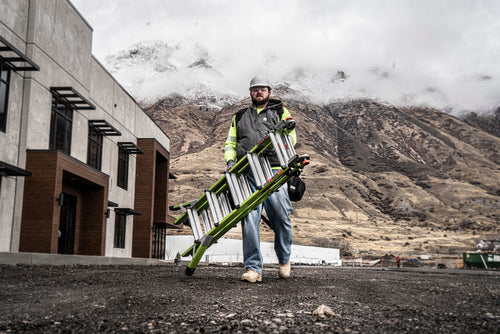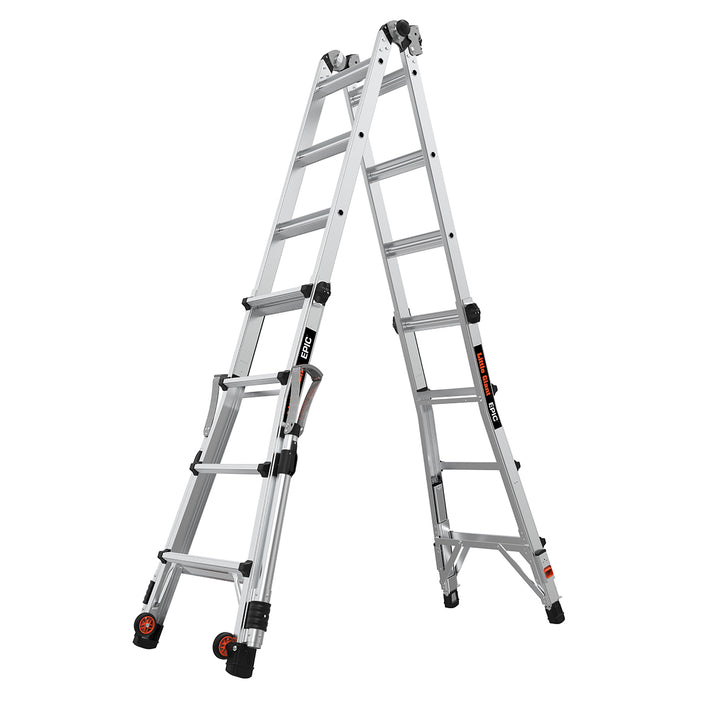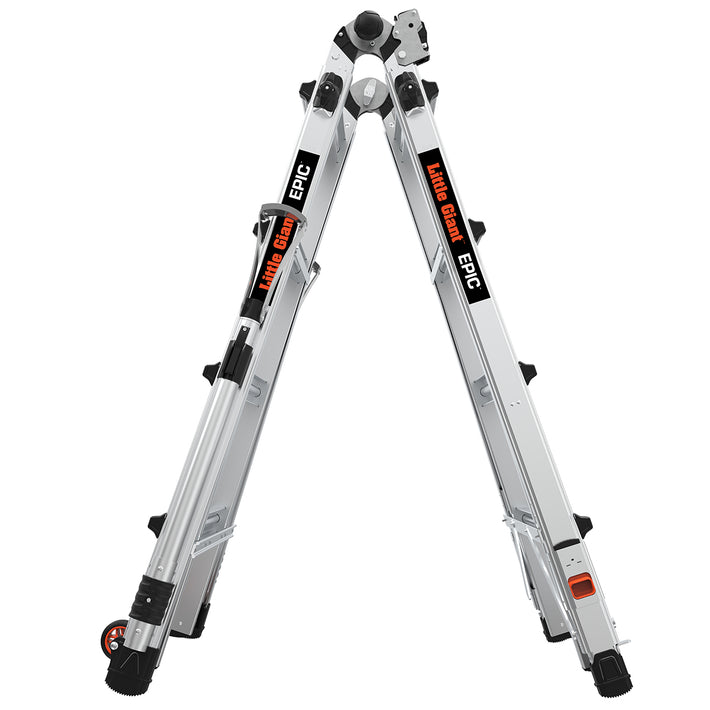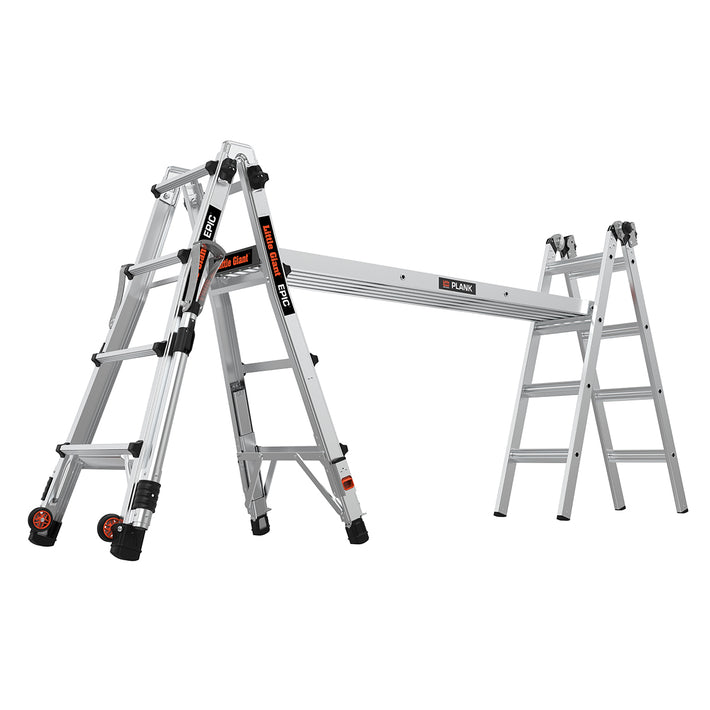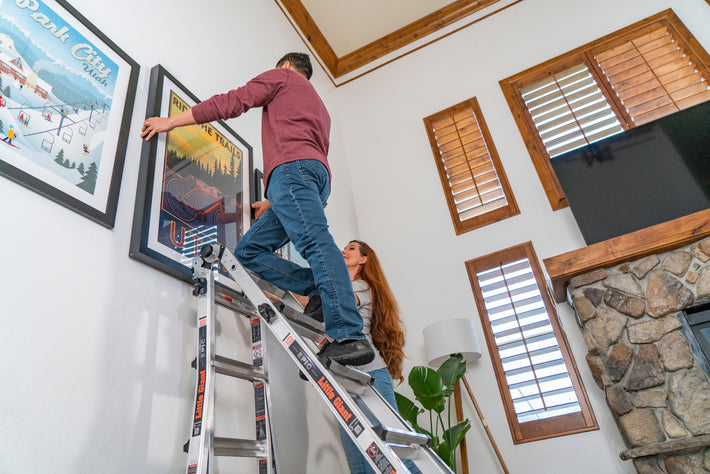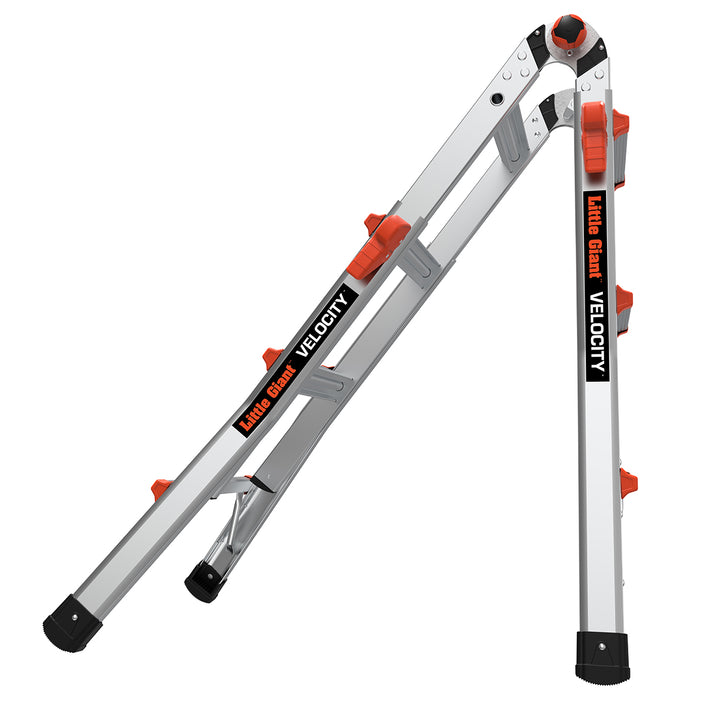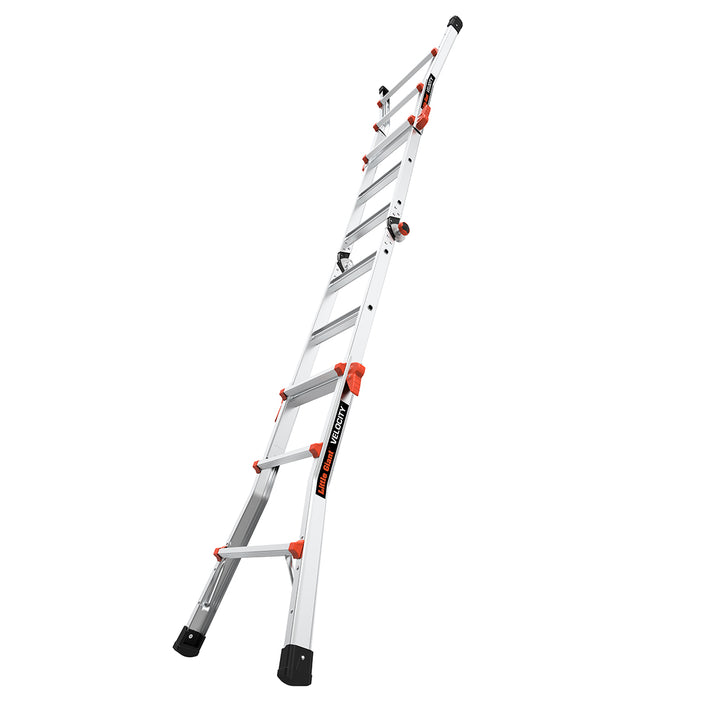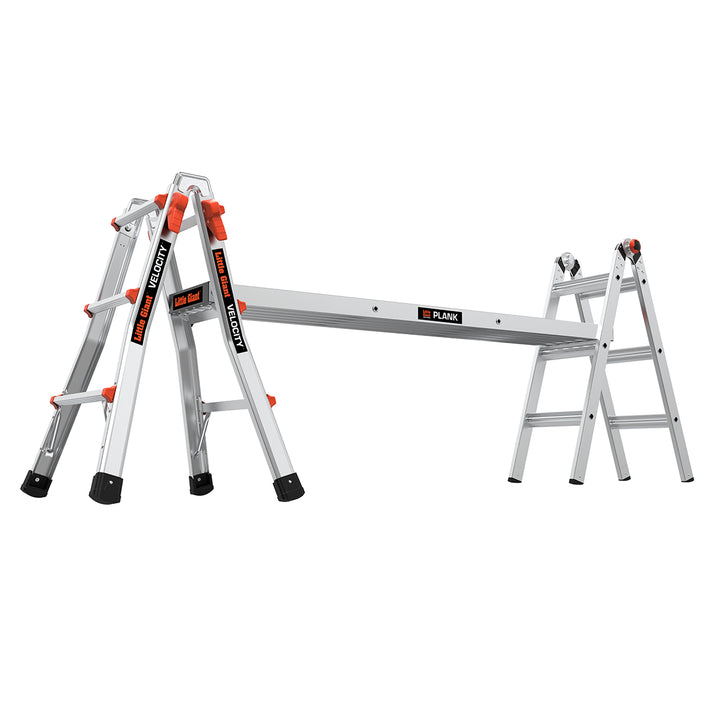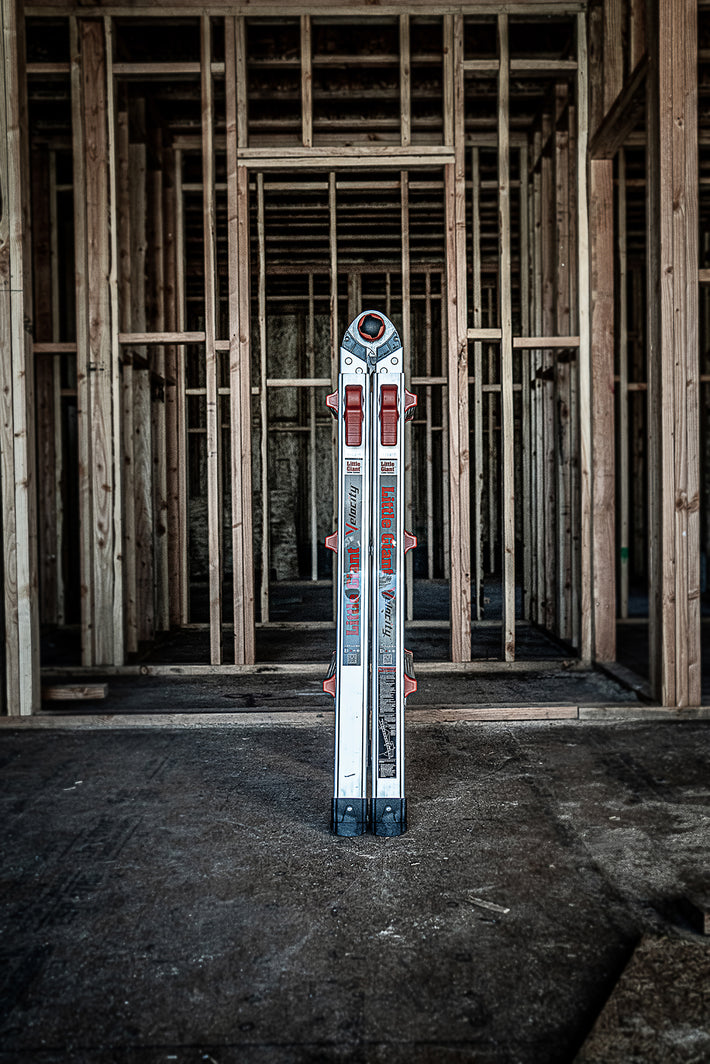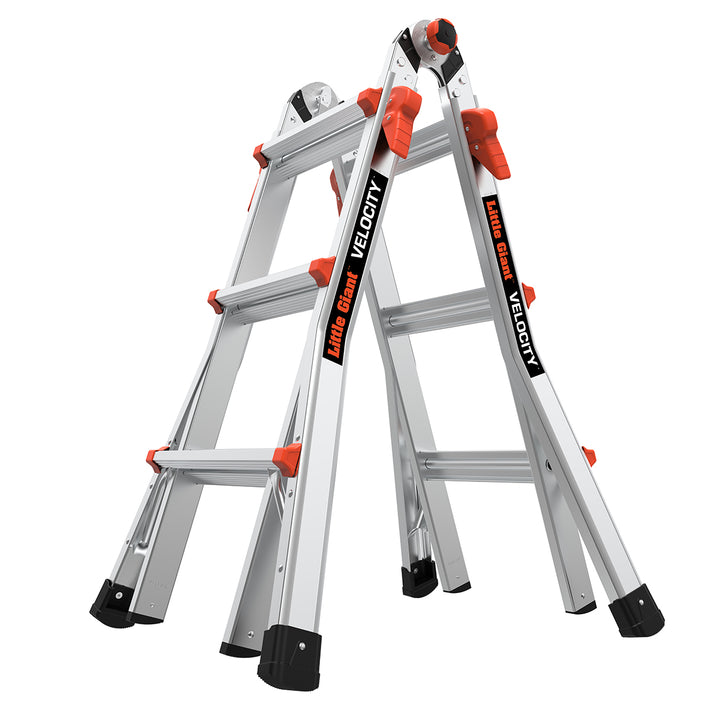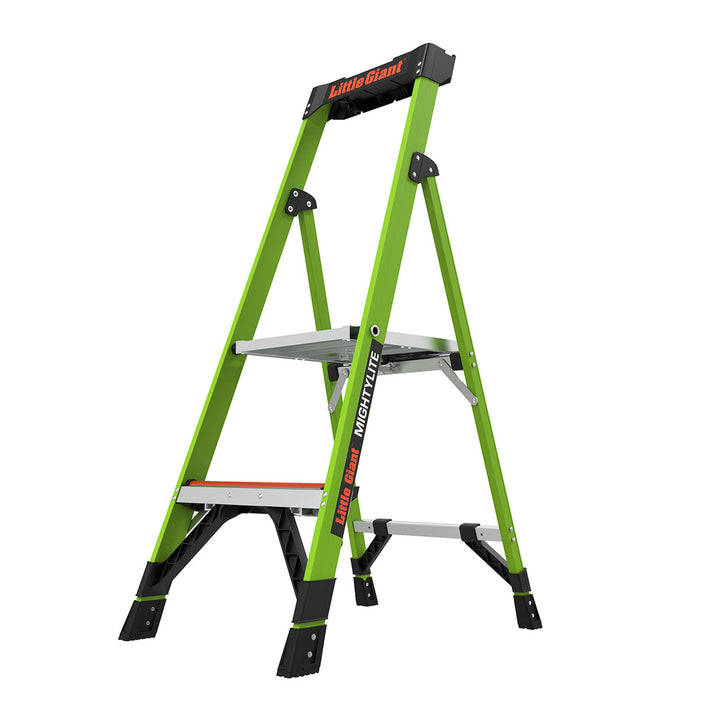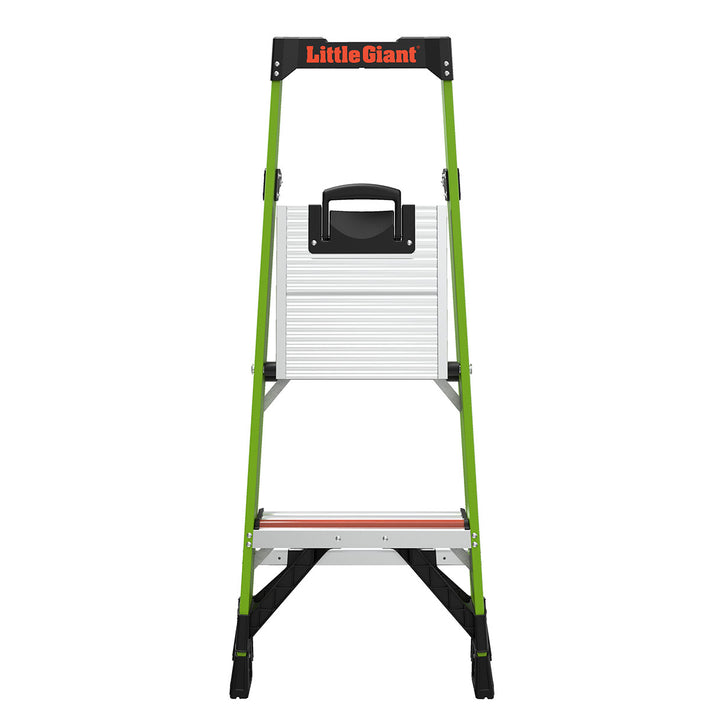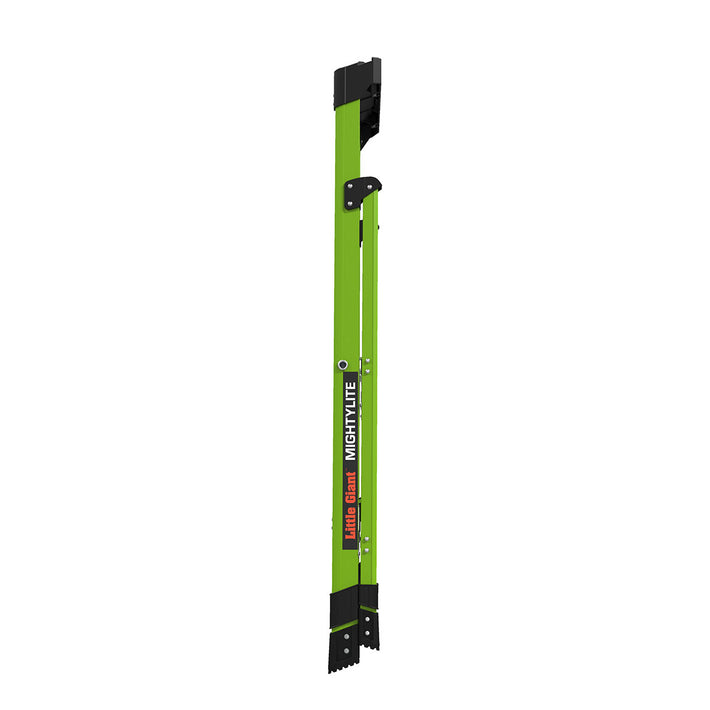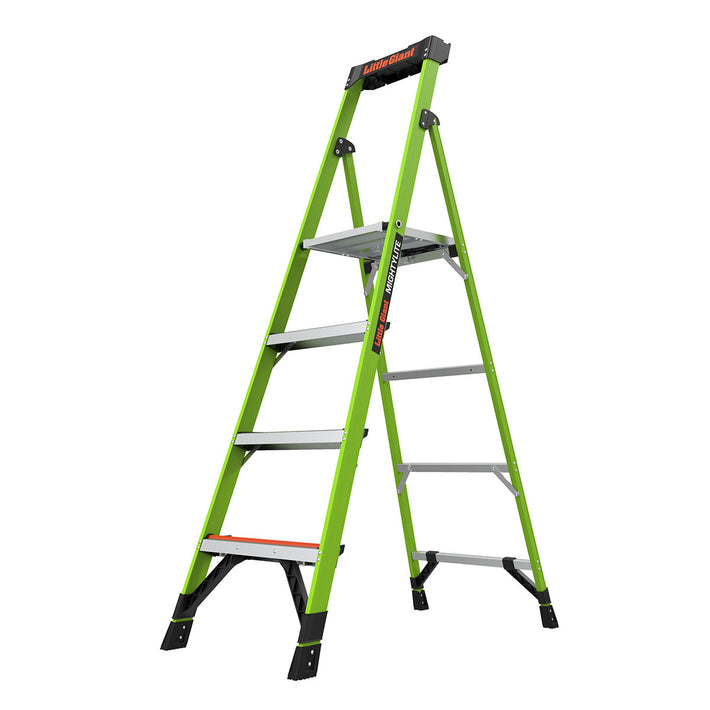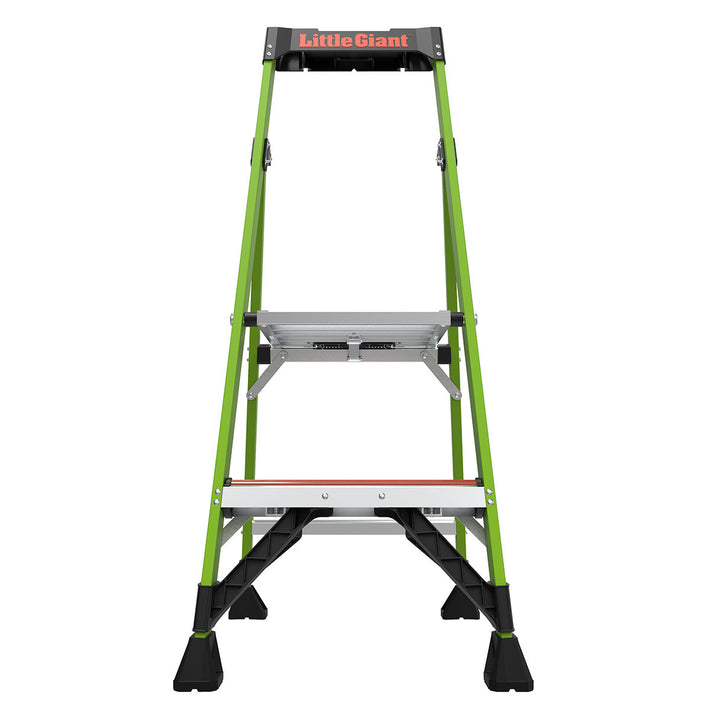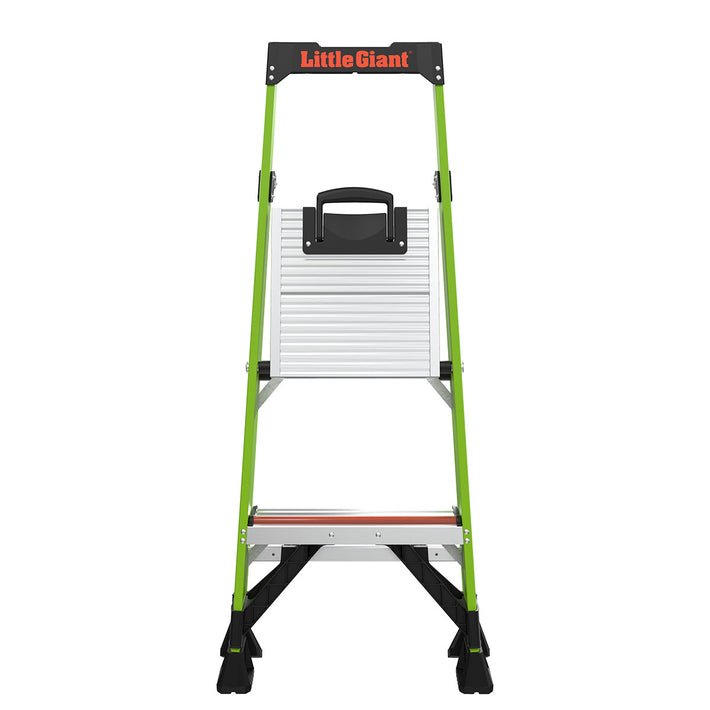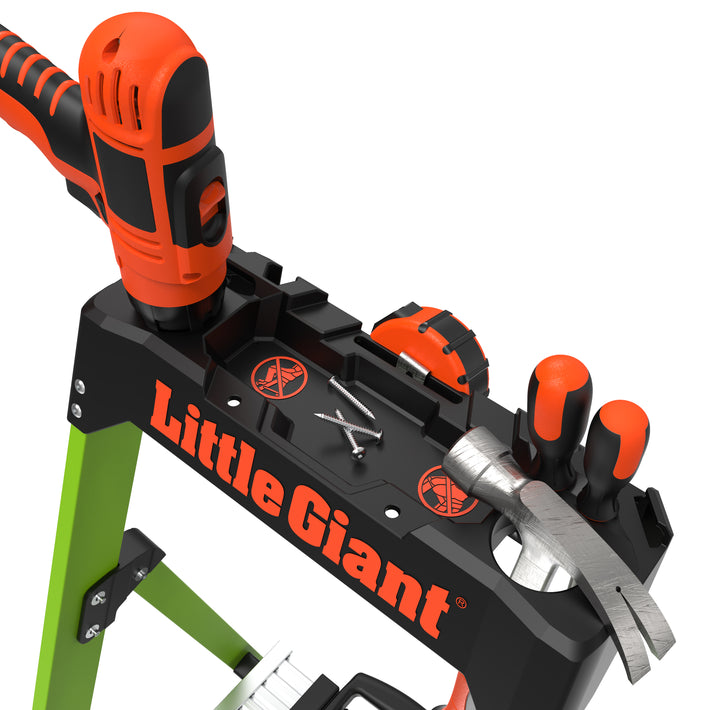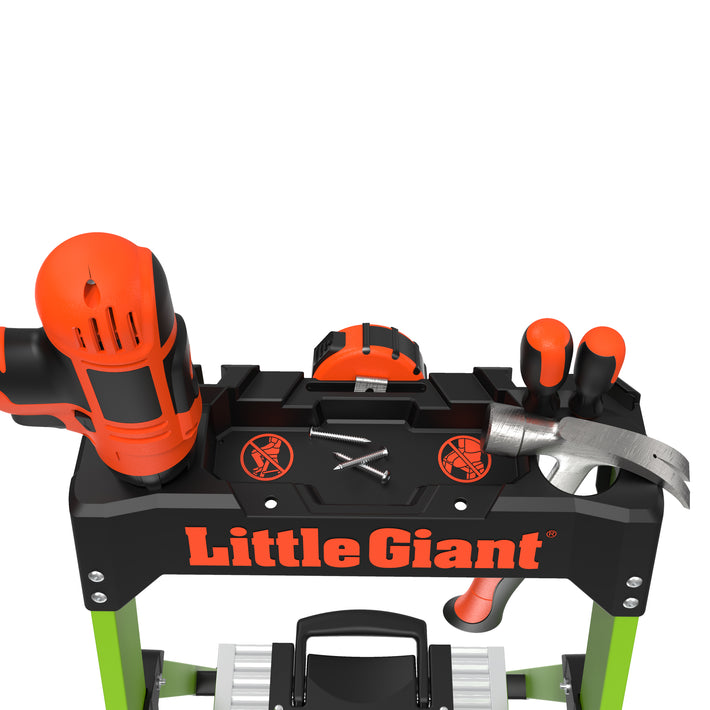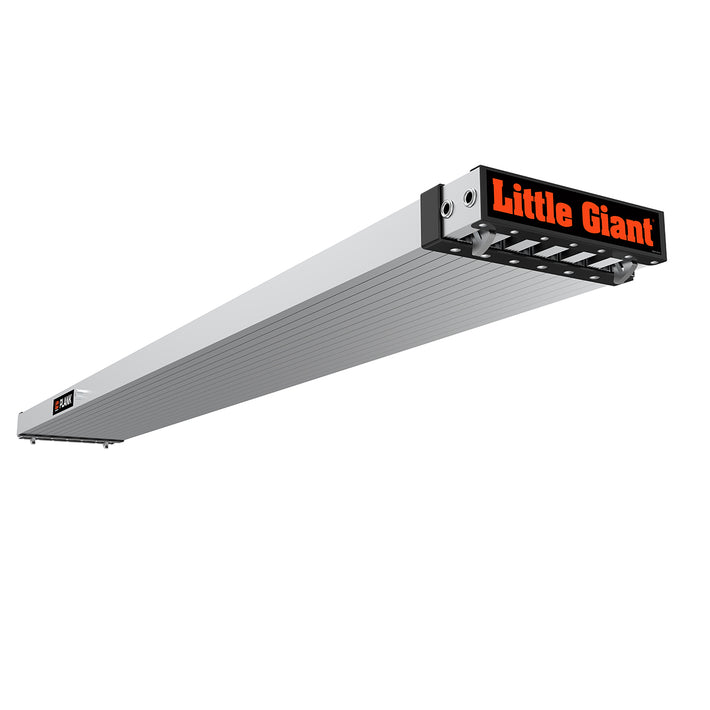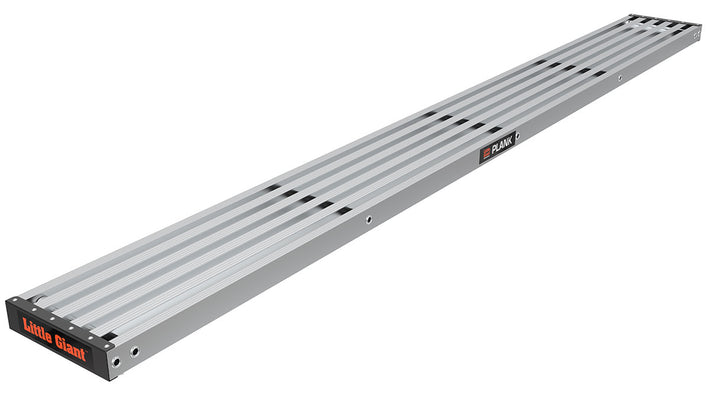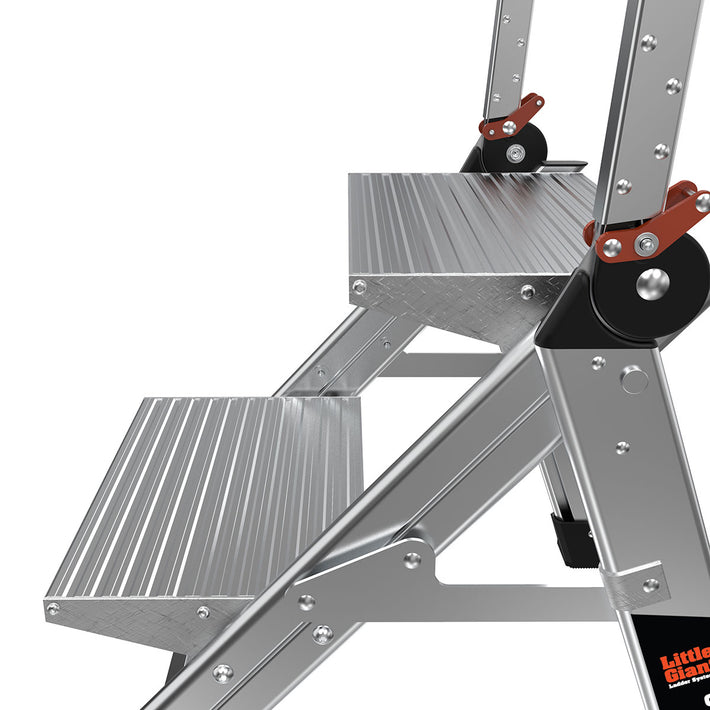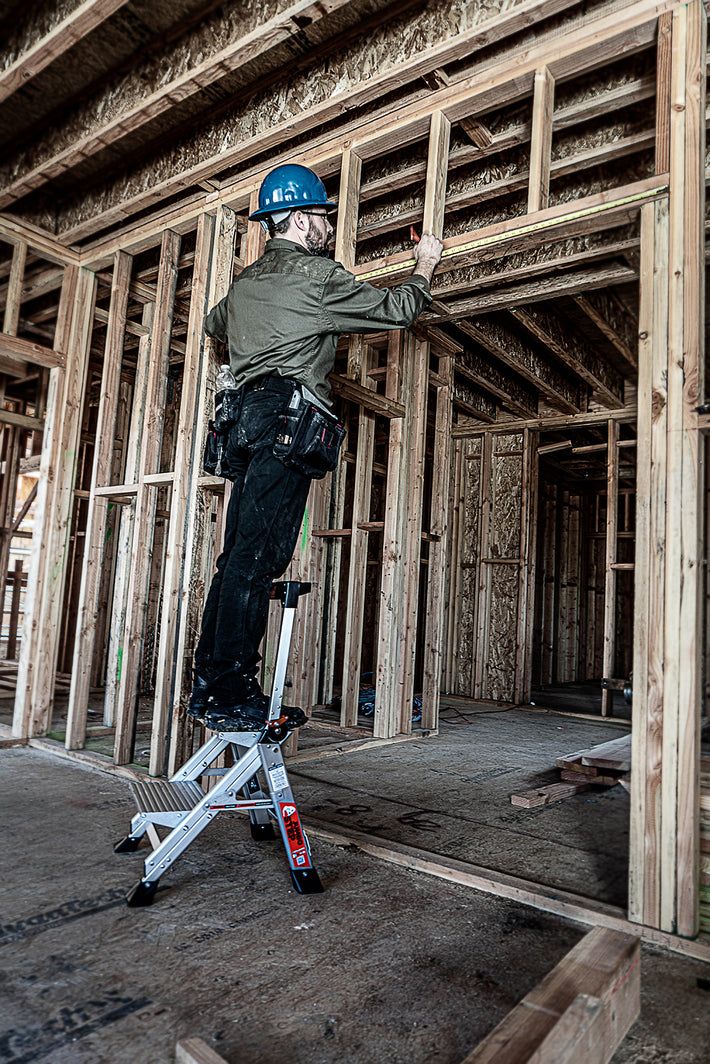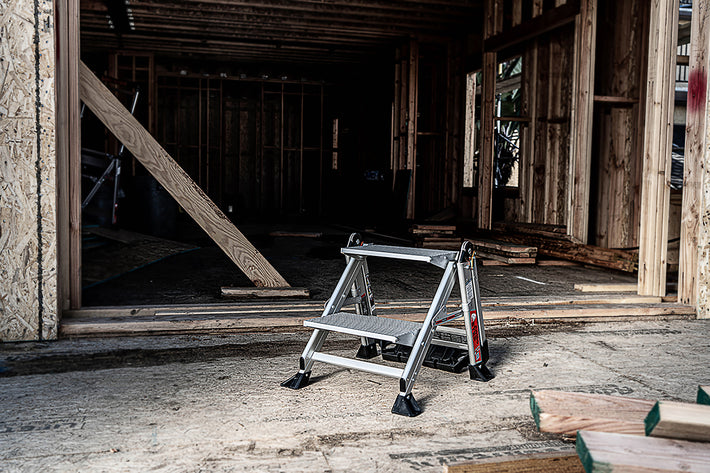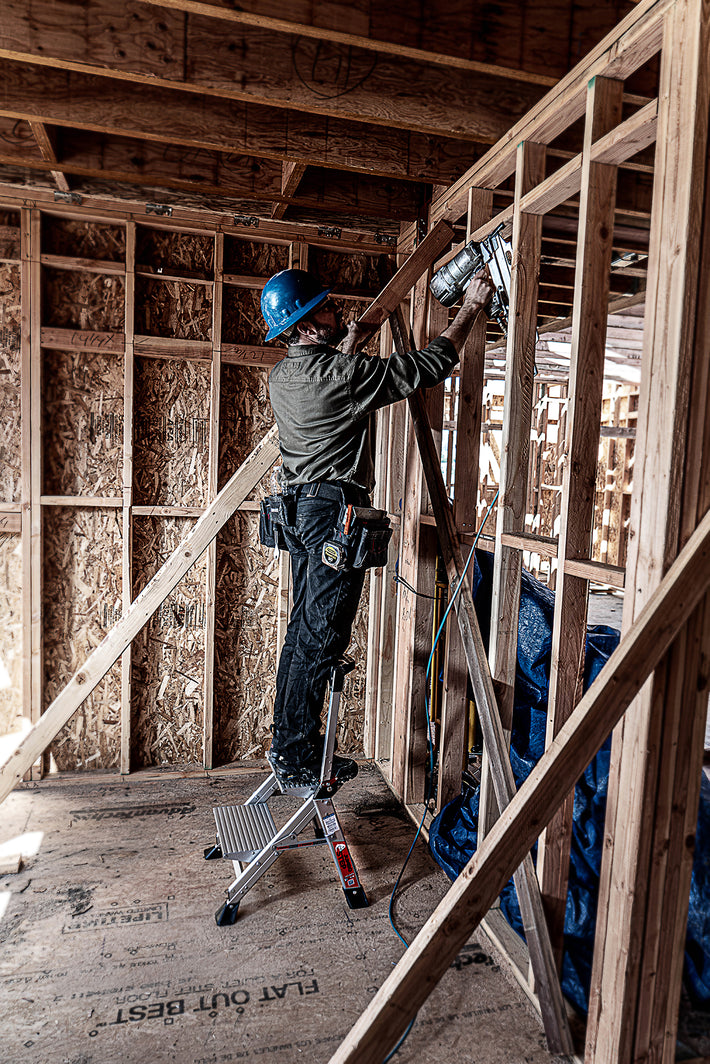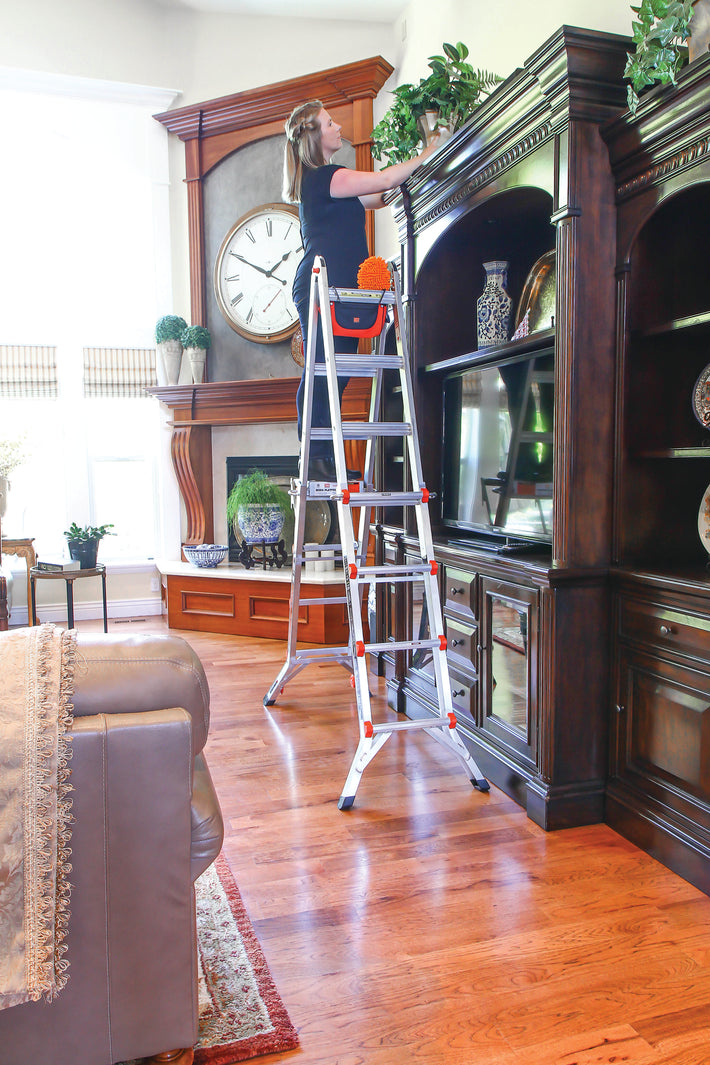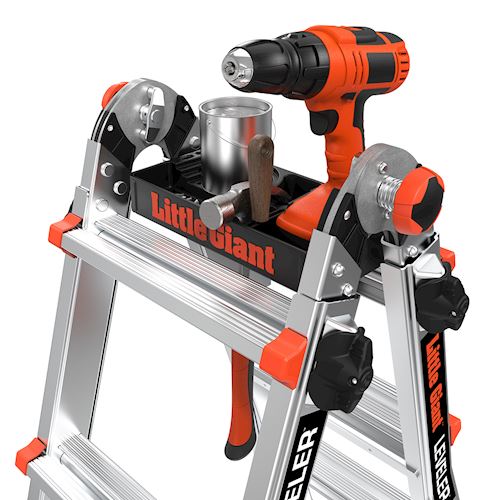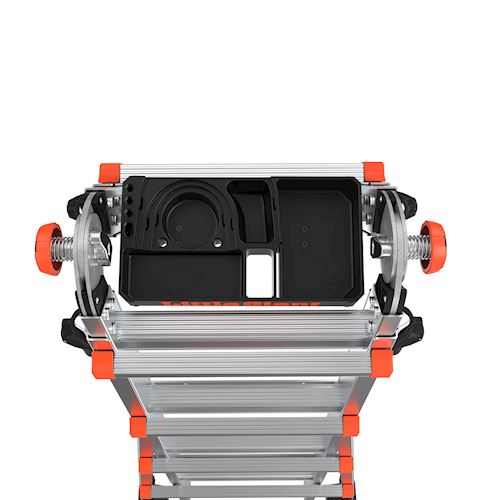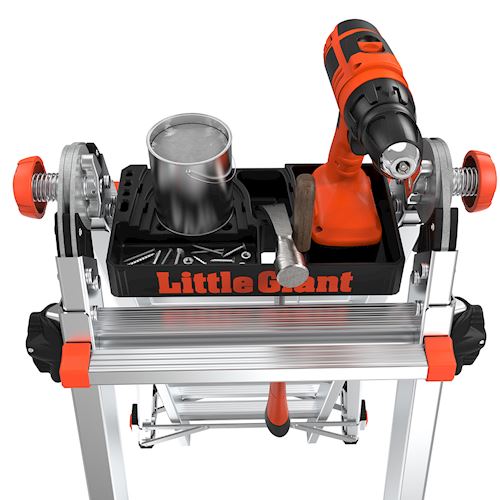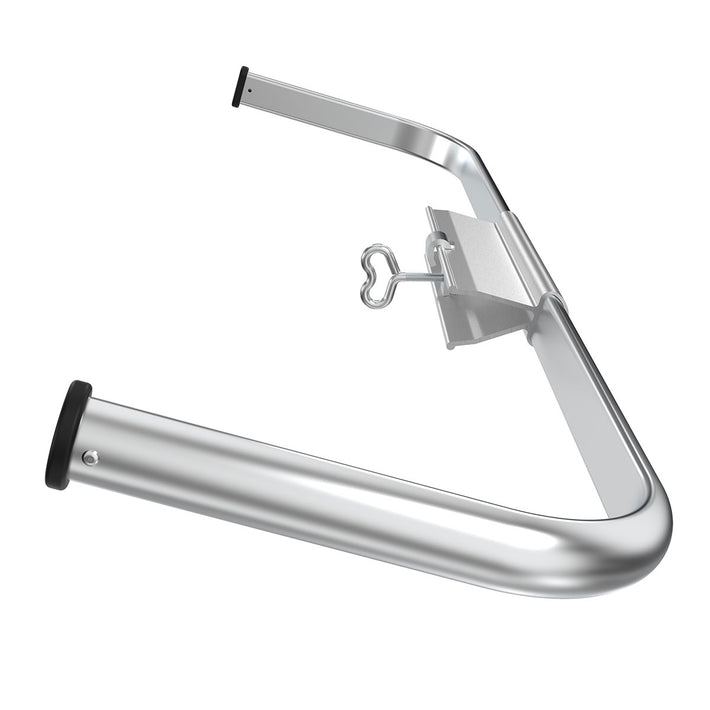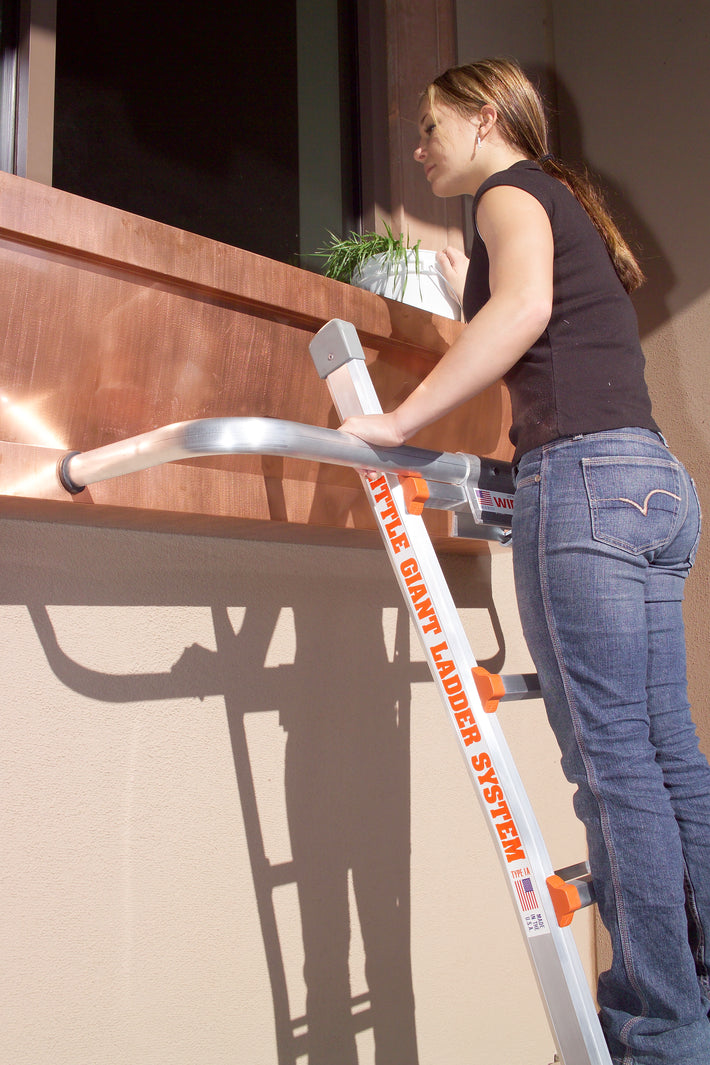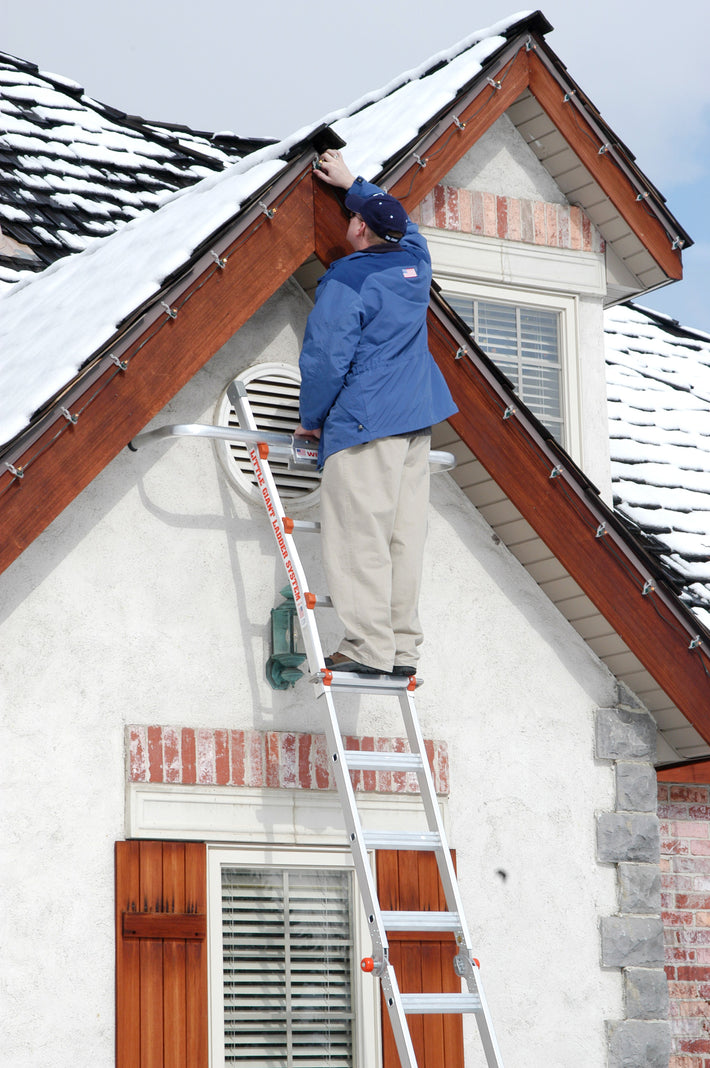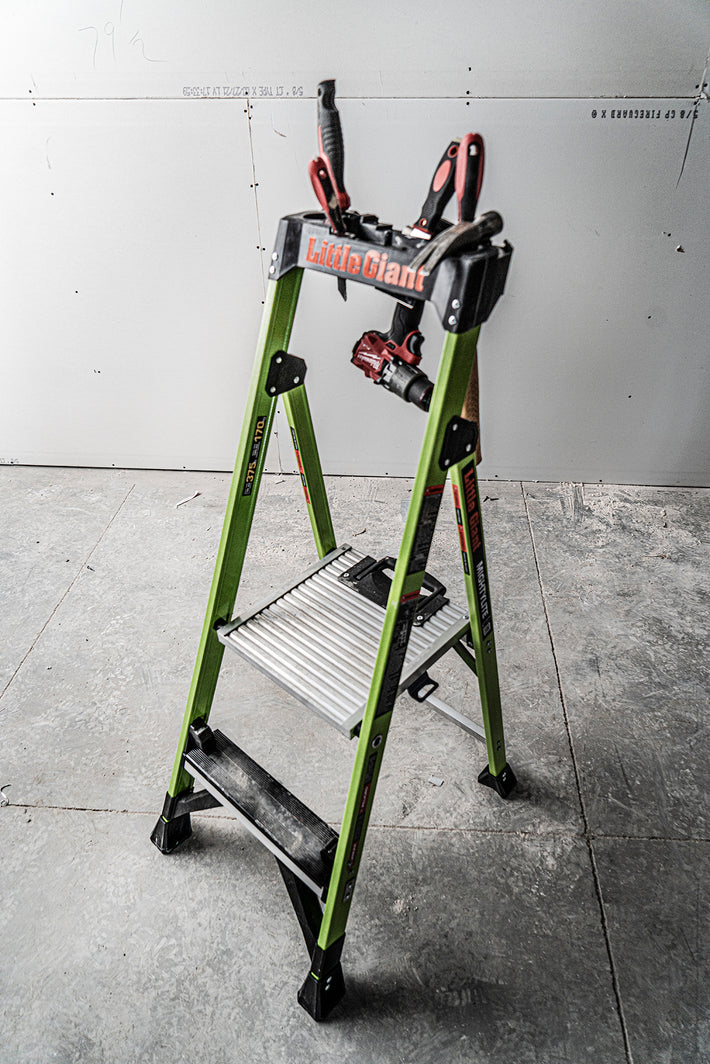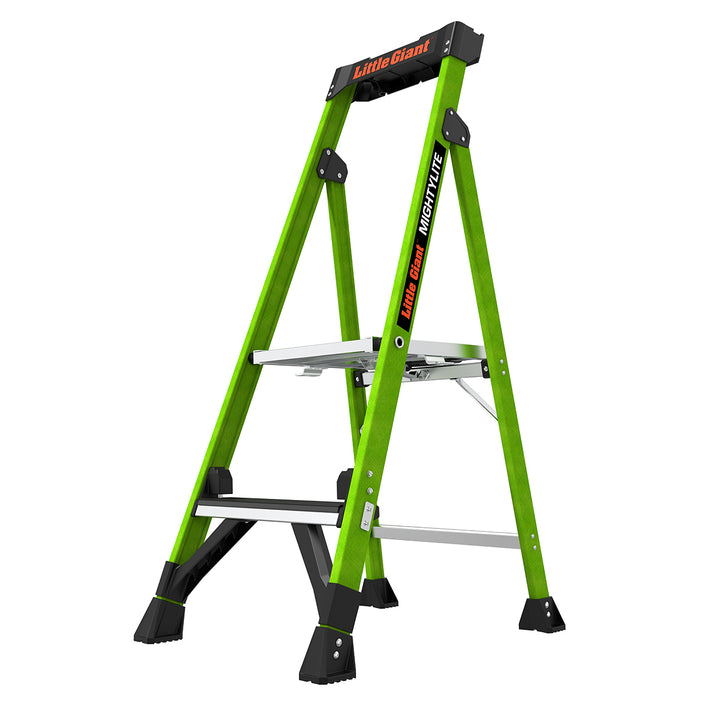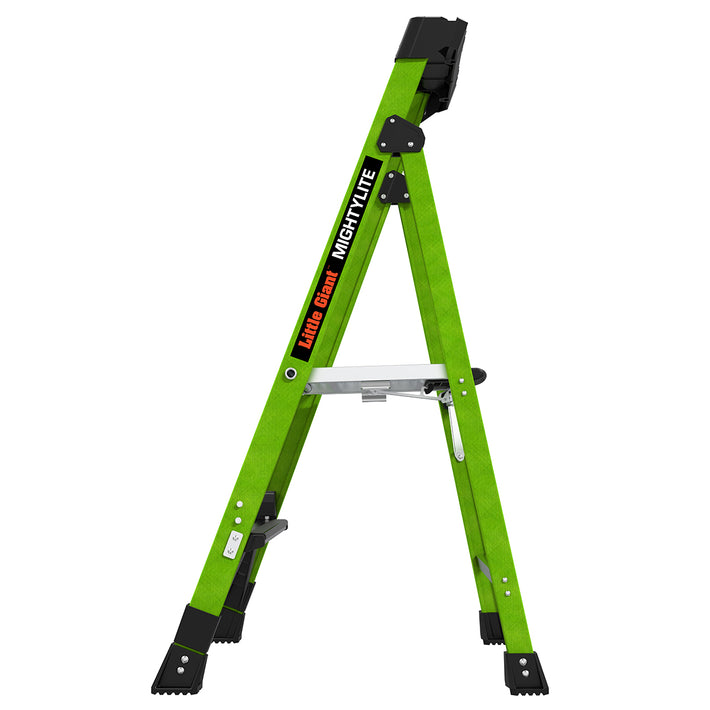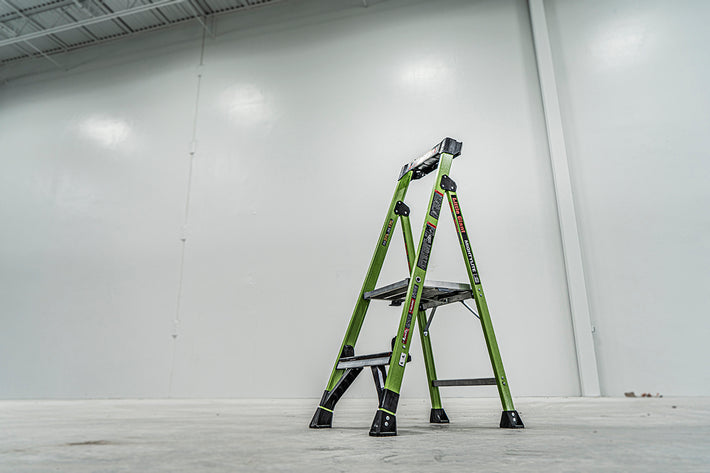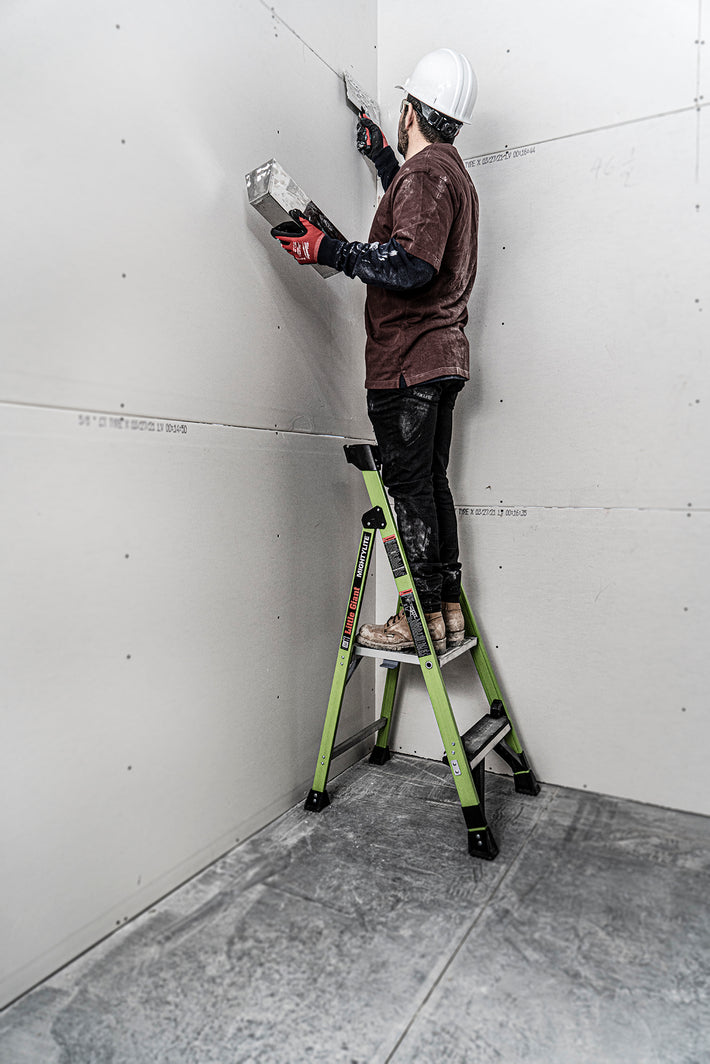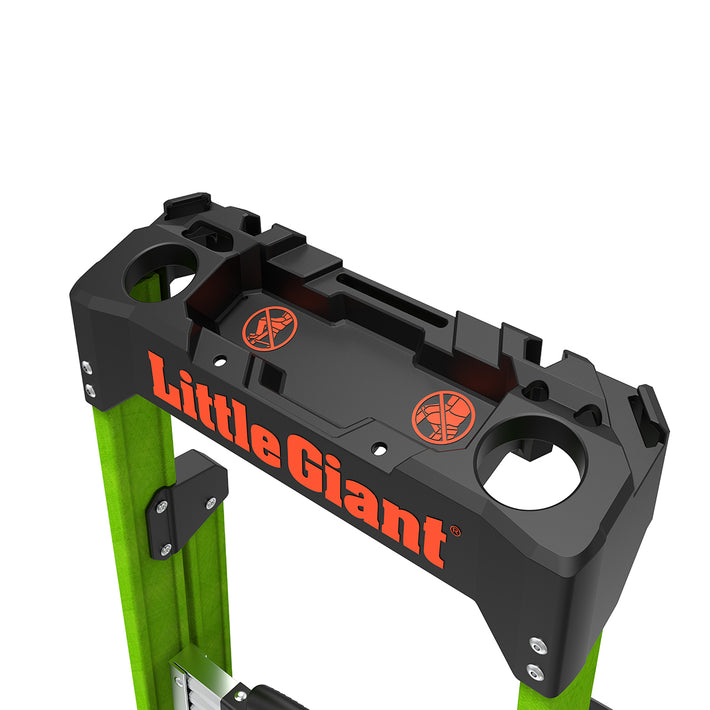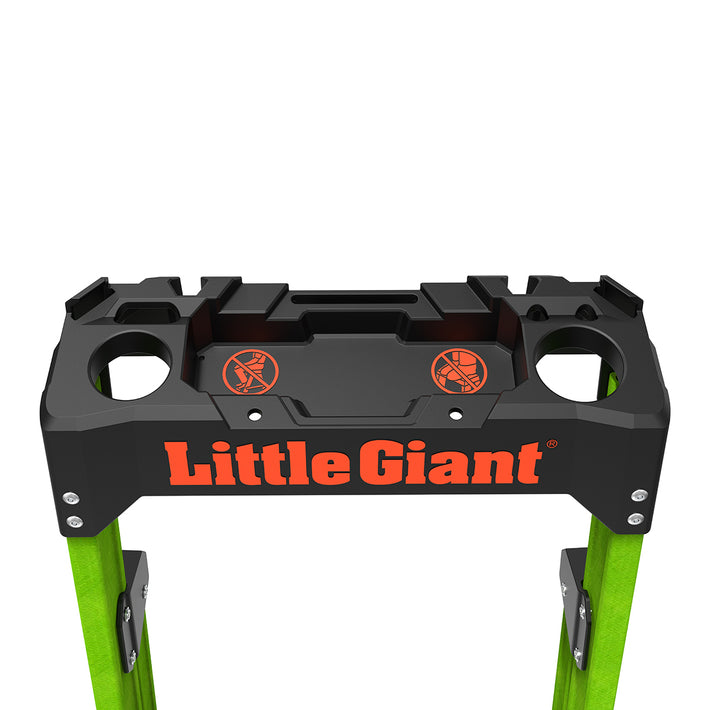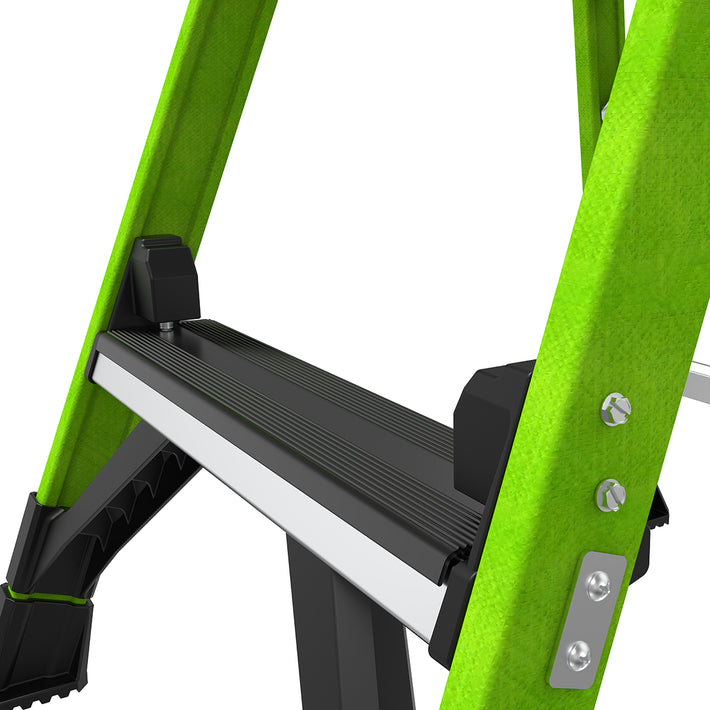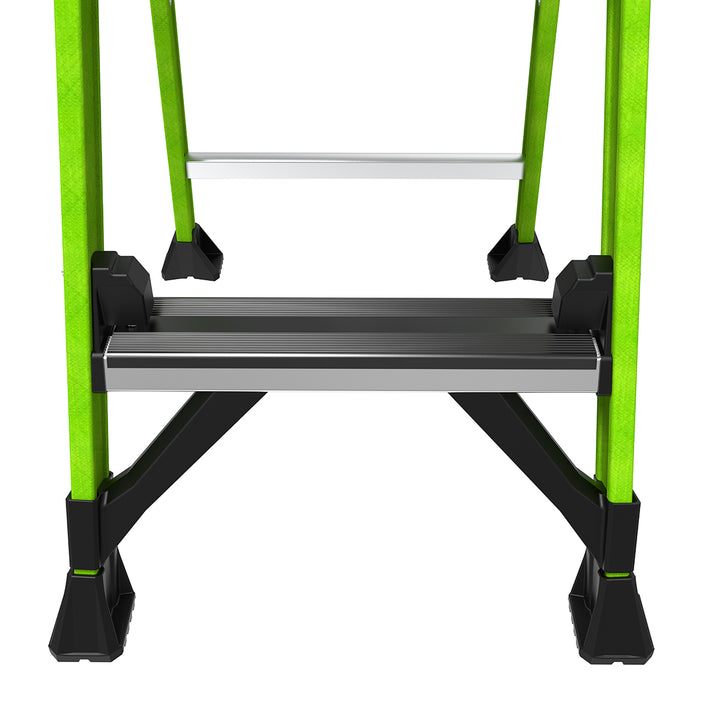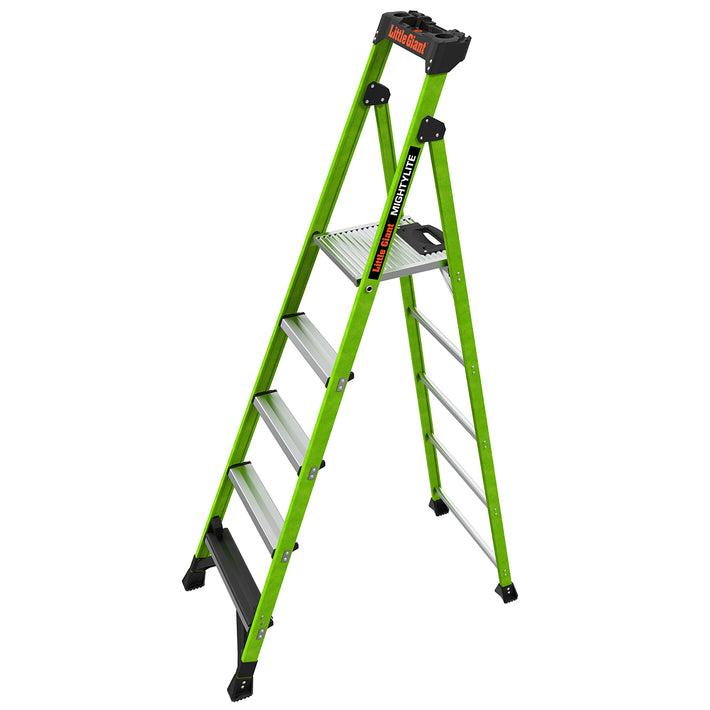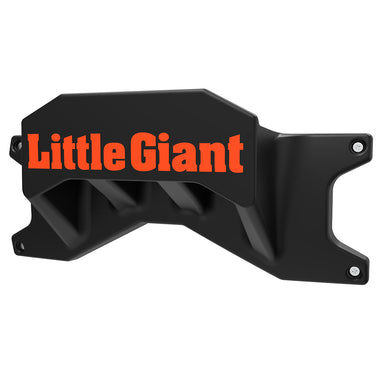Storing Your Ladder Safely
Safety Even in Storage
Ladder safety doesn't start when you step onto a ladder and it doesn't end when you step off of it. After all, safety is a concern even when standing near or carrying a ladder. An aspect of ladder safety that we don't often talk about is the concern of storing ladders safely.Why Does Ladder Storage Matter?
Storing your ladder properly is important. And proper storage isn't just a matter of considering the aesthetics of your workspace (although it does help). The reality is that when a ladder isn't stored safely and securely, it can lead to damage - to the ladder, surrounding objects, and most importantly, people.Think of it like when you were a child and your parents asked you to clean up your toys. It seemed like a hassle, especially considering that you knew you would play with those toys again the following day. But as an adult, you recognize why that action was important. If the toys weren't put away, they were likely to be stepped on, breaking the toy and possibly hurting the person who stepped on it.
Storing your ladder is a similar concept. Sure, if you are using your ladder all week, it may seem more logical to keep it out, but what do you risk by not storing it?
- Trip hazards: You'd think a large ladder would be eye-catching enough that no one would bump into it, but that isn't always the case. How often do you go on "autopilot" in your day-to-day life? If you or someone else aren't expecting to have a ladder in the path, it is entirely possible that it can cause a trip hazard.
- Tip hazards: Not only can you trip on an open ladder, but it could also tip. Depending on how you left the ladder, it could tip over onto other objects or people, causing damage to the ladder itself, as well as the object(s) or person that it tipped onto.
- Unauthorized climbers: Not everyone should climb a ladder, and not every ladder should be climbed. The very young or old shouldn't be climbing ladders. Furthermore, some ladders aren't suitable to climb. If your ladder has been damaged in some way, it should be properly tagged as unsafe to climb, and stored away, so it can't be used until it is properly destroyed and discarded.
- Environmental hazards: Leaving your ladder exposed to the elements, and not in a proper storage location is a sure way to damage it. If left in the heat and sun, the fiberglass rails on your ladder could bloom, causing the fibers to lose durability. Wind could also cause it to tip over, potentially damaging rails, rungs or other locking mechanisms.
How to Properly Store Your Ladder
Here are a couple of tips for storing your ladder safely:- Store the ladder in a dry, temperature-regulated place. Ladders stored in places where they can get damp or exposed to extreme temperatures wear out more quickly.
- Place the ladder in a good storage position. Either lay it down flat in a clutter-free area or lean it straight against a wall.
- Store the ladder where it can't be damaged by vehicles or heavy objects. You could use a Little Giant Ladder Rack to store it off the ground or floor and out of the way.
- Put the ladder where it is not a trip hazard and where it does not block the walkway.
- If storing the ladder at home, store it where kids won't be tempted to climb it.
It's basic safety. By keeping all of your equipment, including your ladders, in a safe, storage position, it will keep your tools in optimal condition, while also helping you and others be safe.


